6 Tips for Livestock Farmers to Save Water
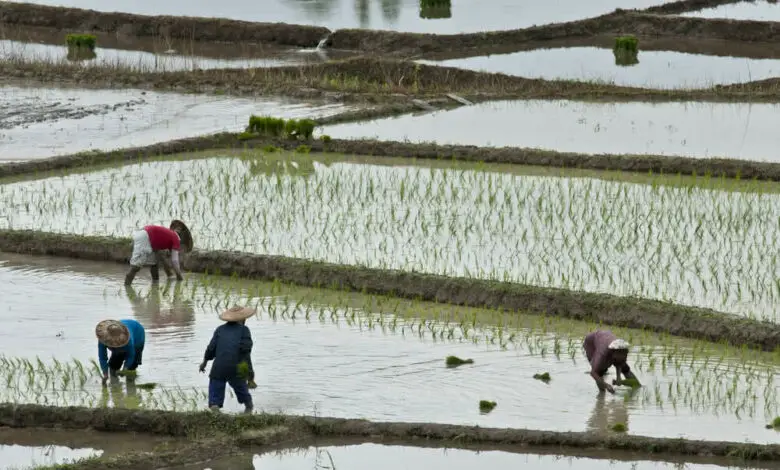
Farmers are the key players in any economy. Being an agrarian economy (agriculture-based economy), India relies upon much of its economic benefits on the farmers. Farmers are the producers of food, one of our significant necessities to lead a content life.
It is often the farmers who suffer when a natural disaster strikes any economy. Be it drought, famine or the sweaty summers, it is the agricultural produce affected first, indicating that we need more farmer-friendly approaches to conserve our natural resources. Globally, most farmers rely on groundwater while others also rely on other pumped resources to irrigate their crops. Water waste is a big problem in agriculture as it can lead to soil erosion, overwatered yields, and unnecessary spending, resulting in groundwater depletion, causing water scarcity nationwide.
With scorching summer upon our heads and the COVID-19 pandemic not making it any easier for any of us, it is pivotal to look into methods that help us conserve water on a large scale by creative ways of also getting quality produce. Optimizing water usage can help you produce healthier crops while doing your part in saving one of the most wanted resources. Here are some tips for water conservation in agriculture.
1) Pick Organic Farming
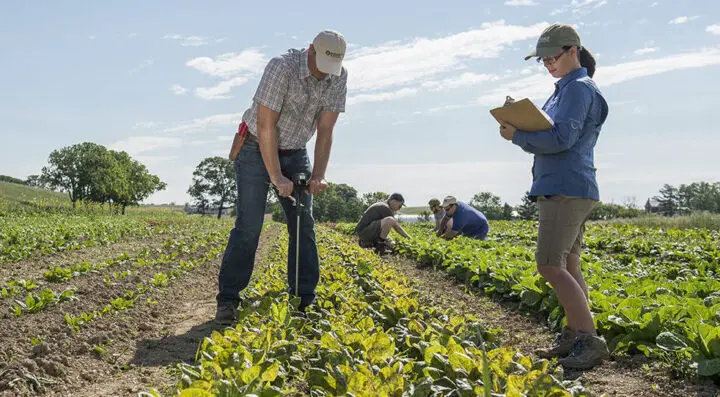
70% of water is used by farmers worldwide. Now that makes us question other kinds of farming rather than the conventional variant that uses so much water. Organic farming is the correct answer to this search. Using 30% less water than conventional farming, organic is also noted to produce healthier products and maintain healthier soil.
A trial also found that organically grown produce, say corn, grows 30% more than the non-organic variety in major drought scenarios. This type of farming helps retain the groundwater table, helps maintain soil moisture, and doesn’t use pesticides, thereby conserving the soil from excess seepage of chemicals.
2) Better watering systems
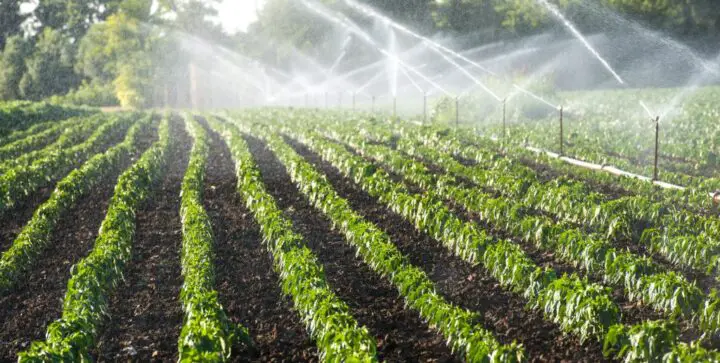
The method of watering is the next thing that must change. Choosing a new technique like drip irrigation over the conventional overhead spray method can save 80% of water and prevent unnecessary evaporation. It waters the plants directly in the roots to ensure the water gets to the plants instantly, leading to better growth.
You must also consider changing the positions of existing valves and replacing them with more foolproof ones that don’t allow seepage and leakage. CockyValve (cockyvalve.com.au) is a maestro in this field, and they come with a range of valves to suit your watering needs without curbing your water’s flow rate.
3) Drought-tolerant crops
The types of crops you grow, too, play a vital role in helping in the conservation of water. The crops you grow need to fit your climate. If you are growing native to your regions, they have higher chances of growing amidst unfavourable conditions like drought and other natural conditions. However, suppose you are in an area that experiences regular drought and other related calamities. In that case, you need to switch to crops that are suited for such periods without a proper water supply.
Cultivating drought-tolerant crops makes sure you have enough time to dwell on other water sources while having good produce to look forward to in its absence. They also help in cutting down your water usage.
4) Rainwater conservation
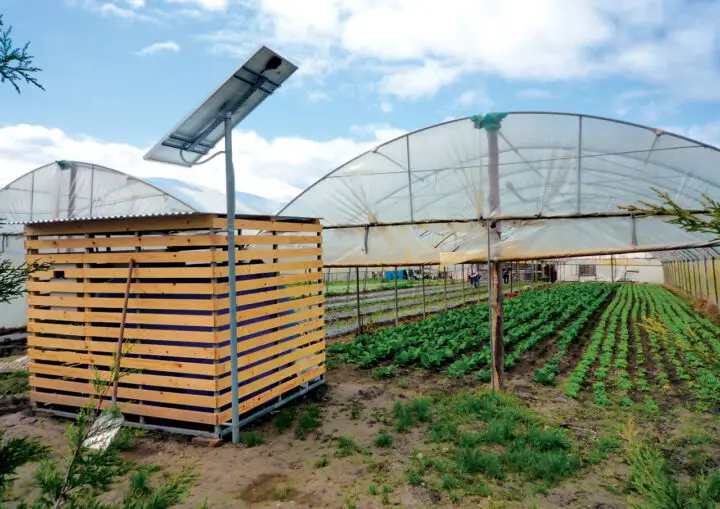
Rainwater is the purest source of water—rainwater harvesting and rainwater conservation help use natural water for irrigation when the situations worsen. You can also construct overhead tanks and barrels to ensure that the falling rainwater isn’t wasted, and you can use the same water in times of drought to irrigate your crops.
Regular rainstorms can be used this way constructively and help nourish the crops with natural water.
5) Optimize your water times
Efficient irrigation requires you to know more about your crops, the type of land you own and the water they need. Determining your soil moisture levels and soil temperature helps you set up timings for irrigation that aren’t too taxing. Watering moisture-rich soil is wasteful of the water used. Thus, you must set up sensors with long battery life and low costs to help you determine the times your crops need water.
6) Follow different cropping methods
Often, water usage is also controlled by the quality of soil, its absorbing power, moisture retention rate, and the oxygen it holds for your crops to thrive. By focusing on better cropping methods, you can invest in the quality of your soil and prevent it from being eroded by frequent cultivation. Good soil management practices also include adding fertilizers with manure, adding compost, and reducing tillage.
One significant cultivating method is to follow a rotation of the crops you cultivate. Farmers may rotate the crops based on season-specific plants, the duration they take to produce and the amount of water and nutrients available at different times of the cultivation tenure.
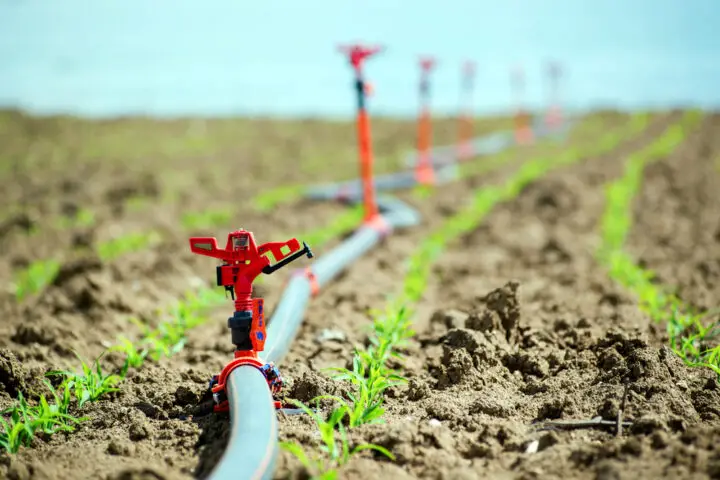
Many field rotations with desirable results involve planting of green-manure legumes along with non legume crops. This must be practiced as a once in four-year activity. Short rotations aren’t inept in providing the best crop balances while long rotations may introduce complications. Additional flexibility can be produced by split cropping on fields.
It is widely noticed that different crops require different soil nutrients, and the same goes with irrigation as well. Different season-specific, tenure specific crops oblige different water levels. By rotating the crops constantly, farmers can ensure higher crop yield and minimal or requisite usage of soil moisture and water resources.
Water is one of the most critical resources that cater to all our needs. Even though our earth is made of 70% of water, there’s a constant decline in the groundwater tables over the years. Climate change, global warming and the pandemic haven’t made anything easy except by serving as reminders that there is imminent danger in the future, and we need to take action right now.
Not all water conservation responsibility must be shed on the farmers as water conservation results from a combined effort. Following the above tips of season-specific crops, crop rotation, and checking valves, changing arming techniques will go a long way to conserve water for future production.
